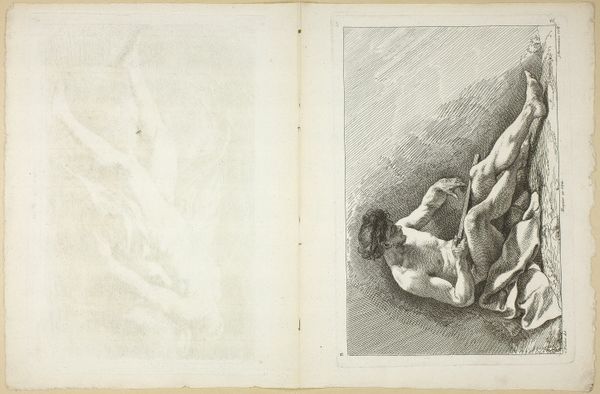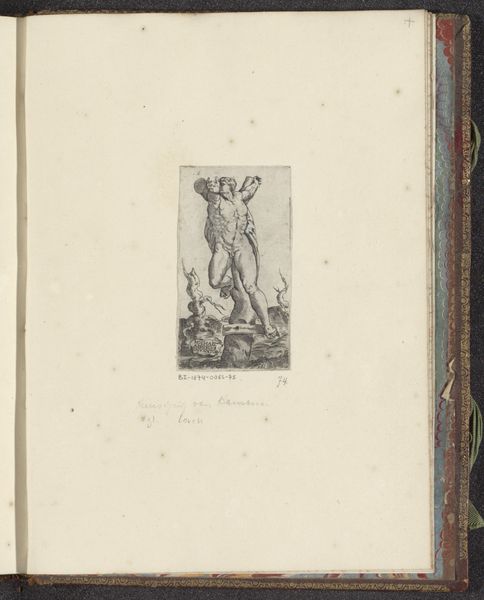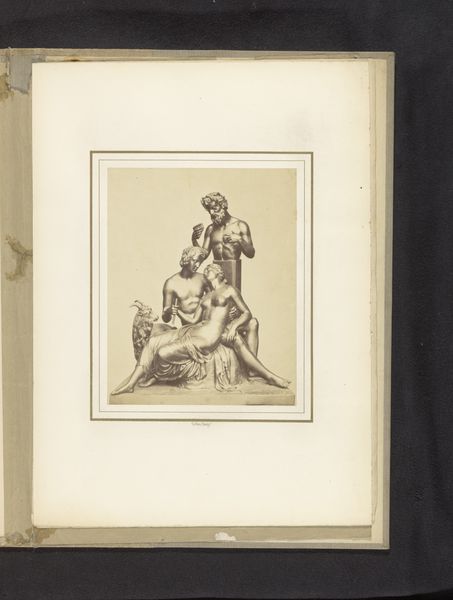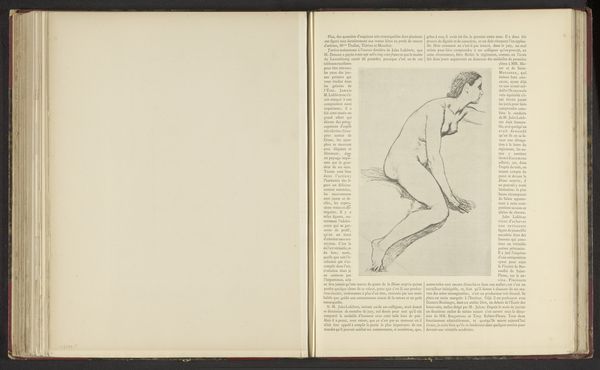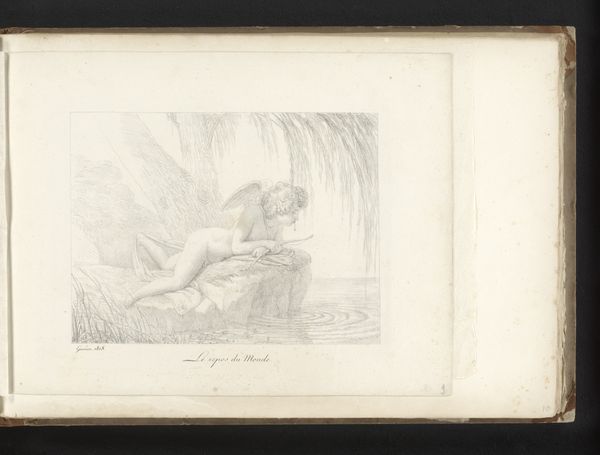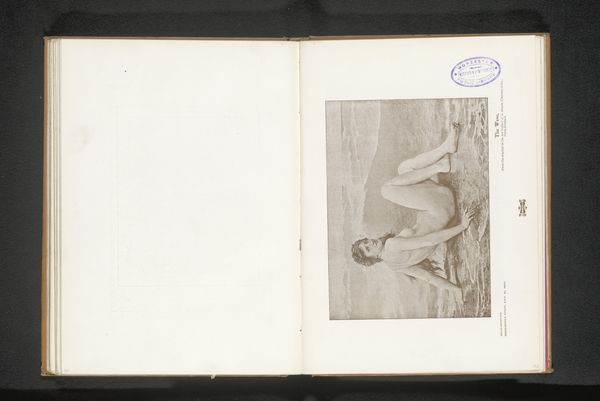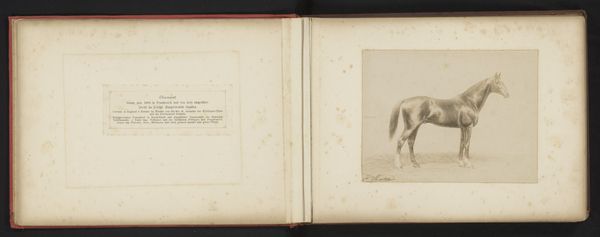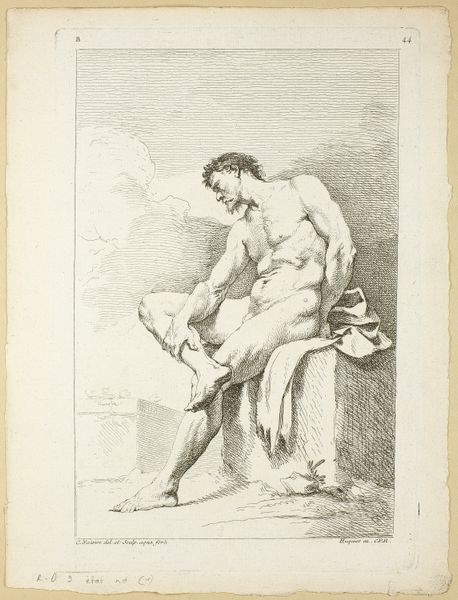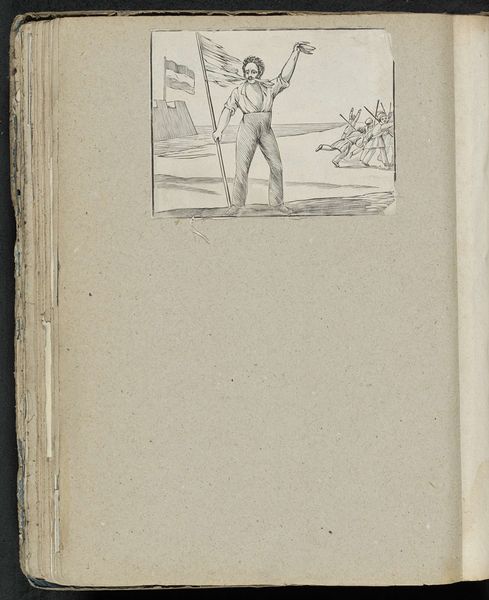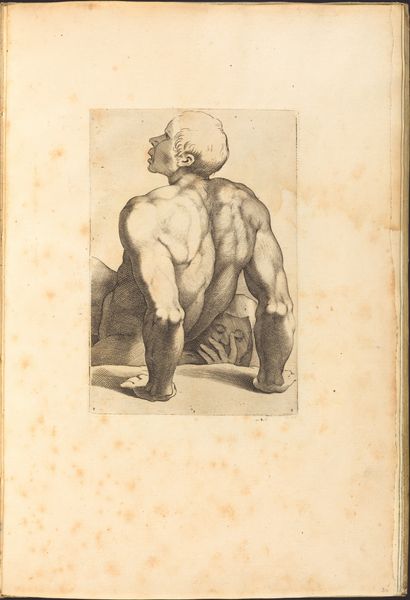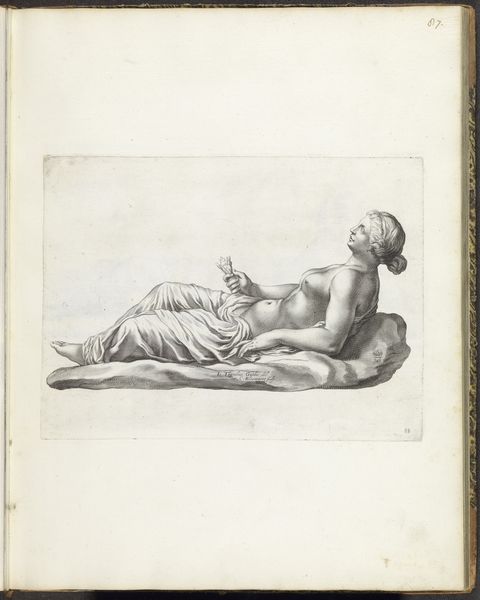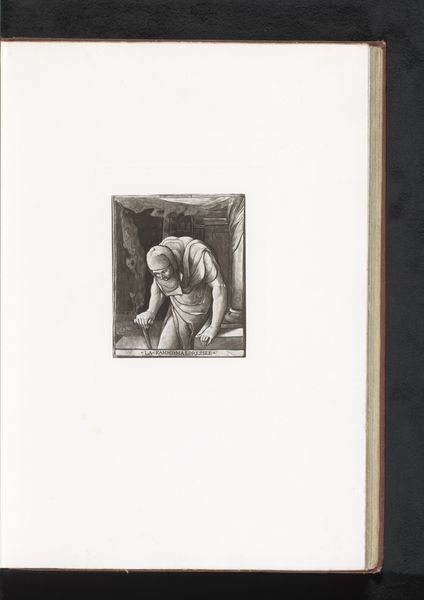
Partially Nude Man Reclining on Clouds, from Varie pitture a fresco de'principali maestri veneziani ora per la prima volta con le stampe pubblicate (Frescoes by the Most Important Venetian Masters Published in Print for the First Time), plate 8 1760
0:00
0:00
drawing, print, engraving
#
drawing
#
baroque
# print
#
history-painting
#
nude
#
engraving
Dimensions: Sheet: 19 7/8 × 13 9/16 in. (50.5 × 34.5 cm) Plate: 7 1/2 × 7 1/4 in. (19.1 × 18.4 cm)
Copyright: Public Domain
Curator: My first impression is quiet contemplation. The pose and the soft engraving lines create a rather pensive mood. Editor: Well, let’s place this in context. Here we have "Partially Nude Man Reclining on Clouds," plate 8 from Antonio Maria Zanetti II’s book of engravings "Frescoes by the Most Important Venetian Masters," published in 1760. Curator: Venetian masters, frescoes, clouds… immediately this suggests to me a divine figure, perhaps a god from classical mythology. The lack of identifying symbols intrigues me. Is it meant to be ambiguous? Is that part of its potency? Editor: Possibly. As an engraving, it serves a vital public function of documentation. These prints disseminated Venetian frescoes, often depicting mythological scenes or allegorical figures, to a wider audience. They acted as records of significant cultural achievements and architectural adornments. Curator: I see the visual echo of classical ideals of male beauty, almost Michelangelesque, reborn in the Venetian Republic. How much does this print reflect the aesthetic and even political climate of the time? Are they subtly reminding themselves, and us, of a glorious past? Editor: Indeed. These kinds of images actively built and maintained a particular cultural narrative. Venetian elites cultivated an image of themselves as inheritors of classical grandeur and the art promoted that heavily. The male nude, especially, carries enormous weight throughout history. Its role has morphed as a site for reinforcing ideals, or in other cases, contesting the dominant societal viewpoint. Curator: I’m drawn to the tension in the figure itself. The partially draped cloth suggests modesty but cannot fully obscure the sensuality. What does this deliberate revealing and concealing communicate? Editor: Well, remember, that these idealized nudes also expressed specific, culturally constructed ideas about virtue and citizenship. They're not merely beautiful objects. They're loaded with significance, projecting an idealized image of Venetian civic identity. The very act of producing and circulating such images becomes a form of cultural pronouncement. Curator: Interesting. The work offers layers, then—a document of artwork and, at the same time, a reflection of the desires and values held by its culture. Editor: Precisely! And now when you return to the print, perhaps you can see all that interwoven history contained within the reclining figure. Curator: I will. Thanks for untangling some of those threads.
Comments
No comments
Be the first to comment and join the conversation on the ultimate creative platform.
